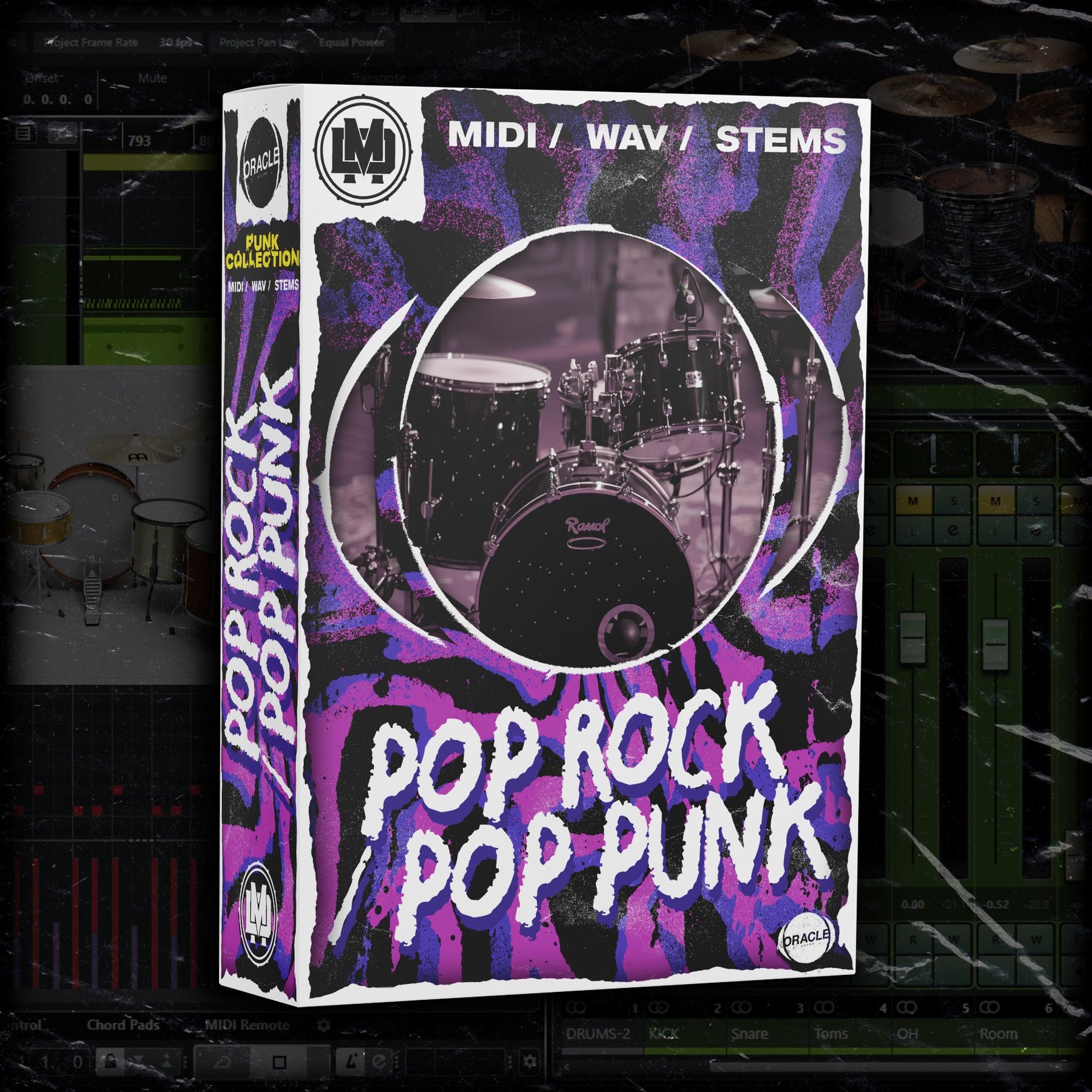Exploring the Art of MIDI Drum Pattern Creation
Exploring the Art of MIDI Drum Pattern Creation
Blog Article
MIDI drum patterns have reached the key of contemporary music production. They let musicians and suppliers to create energetic, flexible beats that get a track's rhythm. Whether you're a beginner or a veteran maker, knowledge the fundamentals of creating drum midi packs may lift your audio manufacturing skills. This guide addresses all you need to know—from simple methods to sophisticated techniques—to craft powerful drum styles tailored to your music.
What Are MIDI Drum Styles?
MIDI (Musical Instrument Electronic Interface) drum patterns are electronically produced sequences of drum defeats programmed in a DAW (Digital Audio Workstation). Unlike noted sound, MIDI data includes information regarding the moment, message, velocity, and period of records, giving total get a grip on around all facets of the beat.
With MIDI, suppliers may experiment with countless drum kits, tweak rhythms, and coating looks to generate beats for styles which range from hip-hop to digital to rock. The usefulness of MIDI helps it be a vital instrument for music production.

The Building Blocks of a Drum Structure
Creating a great MIDI drum structure begins with knowledge the the different parts of a drum set and their functions in surrounding flow:
End Drum: Forms the foundation of the beat. It provides the thud or low-end strike that drives the rhythm.
Snare Drum:Adds power and emphasis, frequently creating the click noise seen on the 2nd and 4th defeats in lots of genres.
Hi-Hats: These come in two types (closed and open) and include groove and variance with consistent patterns.
Toms: Fill in changes or put character to your patterns.
Crash and Trip Cymbals: Employed for accents and to mark changes inside a song.
Steps to Create MIDI Drum Habits
Stage 1: Start with a Fundamental Structure
Lay down a simple 4/4 beat. Work with a kick drum on beats 1 and 3 and a snare on beats 2 and 4. Include consistent hi-hats on every eighth observe to help keep the beat moving. That establishes a solid foundation.
Stage 2: Add Difficulty
After your standard beat is set up, add variation. Include offbeat hi-hat hits, ghost notes on the snare, or syncopation to create a rhythm that thinks living and engaging.
Stage 3: Give attention to Velocity and Humanization
One common problem with MIDI drum habits is that they'll sound robotic if every note is played at the same velocity. Adjust velocities to copy the character of an actual drummer's performance. Also, test out slight time adjustments to humanize the rhythm.
Stage 4: Incorporate Fills and Changes
Drum fills are critical for tagging transitions between song sections. Use tom sheets, snare fills, or cymbal accidents to add excitement and motion to your styles, keeping fans engaged.

Step 5: Experiment with Genres
Explore various genres to expand your knowledge of drum patterns. Hip-hop defeats may feature swung hi-hats and syncopated kicks, while electronic audio usually uses complicated grid-based development and split percussion.
Strategies for Elevating Your Defeats
Coating Your Seems: Combine samples or drum looks to create richer, more uneven beats.
Use Consequences Tastefully: Put reverb, wait, or retention to personal drum elements for an even more refined sound.
Study True Drummers: Analyze drum activities in your chosen tunes to know rhythm and rhythm styles better.
Open Countless Imagination with MIDI
Mastering MIDI drum patterns enables you to innovate and adjust defeats to meet up the needs of any track. By blending technical accuracy with creative analysis, you can art rhythms that drive your music and leave a lasting impact. Start discovering today and touch in to the boundless opportunities of MIDI for the drum production.
Report this page